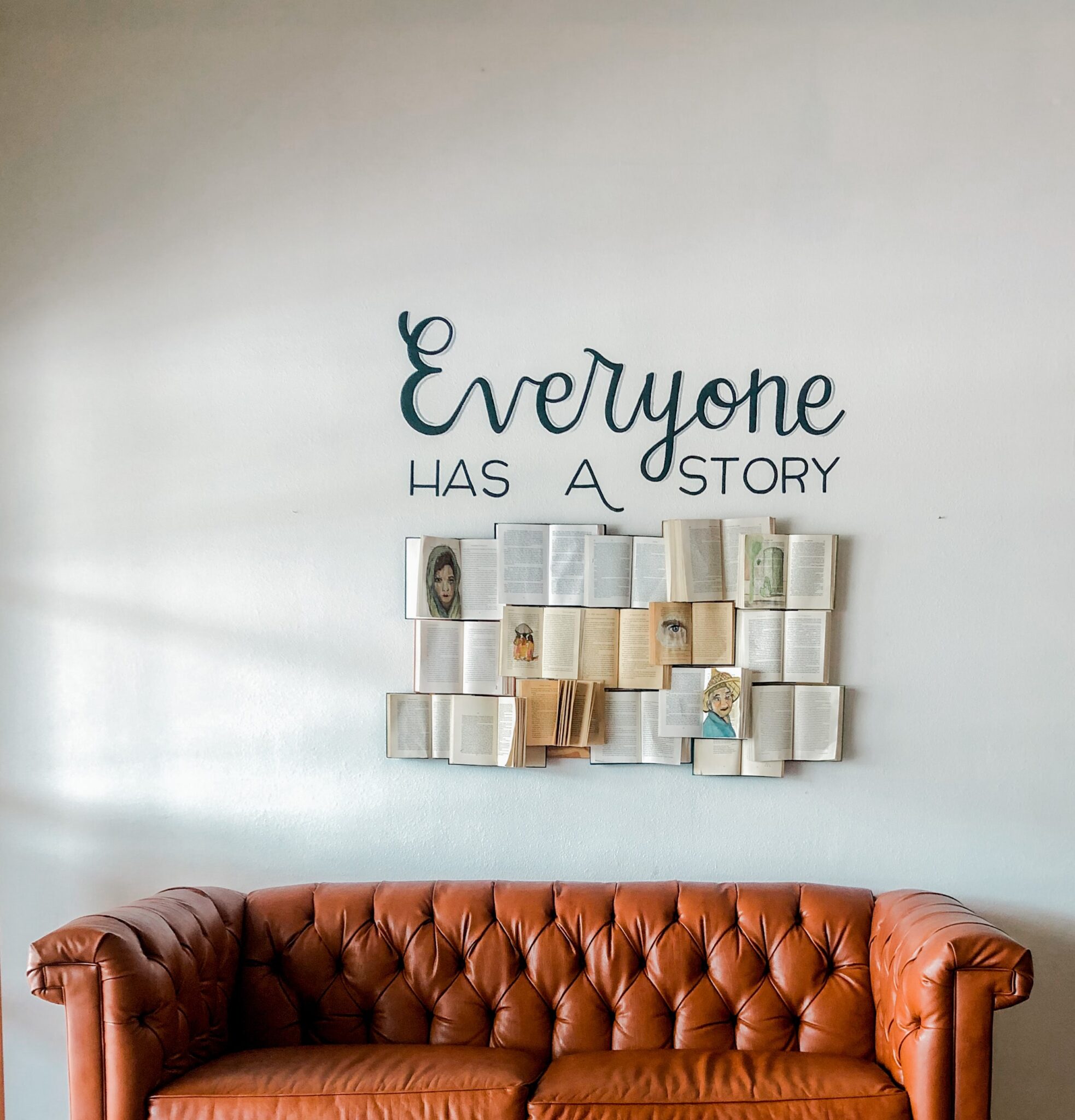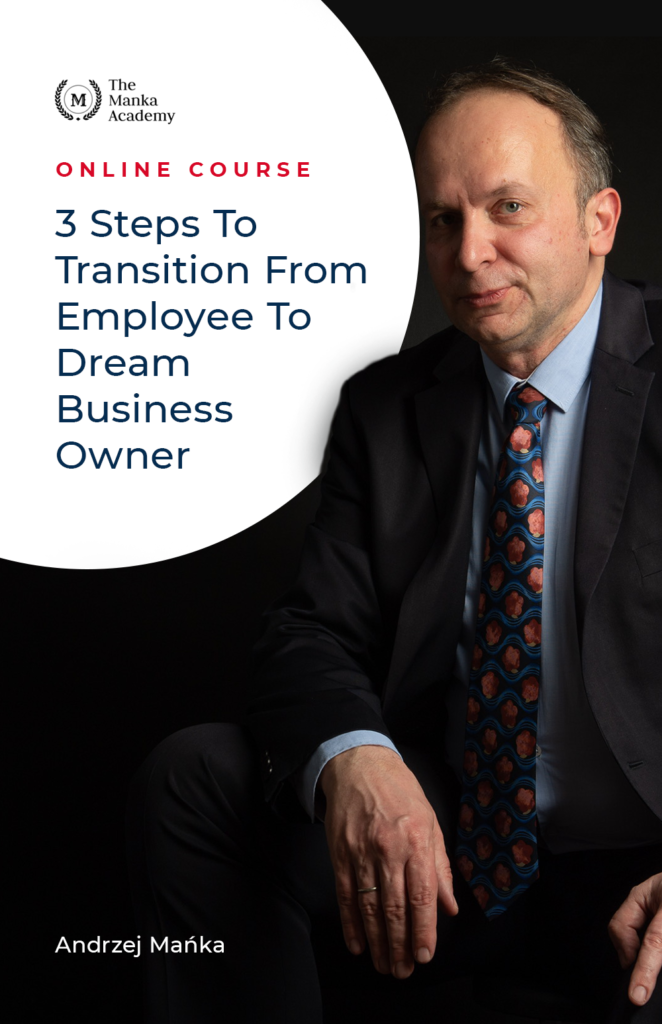Building Image Through the Art of Storytelling

Categories

Demystifying the process of creating a great story that will stand the test of time.
If you want to grow your business faster, employ the use of well designed stories. Begin with the story of why you started your business and what your long term mission and deep motivation are. Tell stories of how you overcome obstacles, who your customers are, what they say and why your mission is what it is.
Stories surround us. They carry information, morals and the weight of human history. Throughout time, storytellers have been in positions of power as educators, elders and leaders. They were the intelligent, unique guiding forces that led us; they were the moral keepers who drove us to develop the complex and rich societies in which we thrive.
Mastering storytelling takes work and thought, it is somewhere between a fine art and a science. Becoming a true master takes practice, self-awareness and a fine-tuned knowledge of the basics. Luckily, we have all begun our practice as soon as we began to grasp language.
In every form of interaction, from a conversation with an old friend to a speech in front of a room of people- storytelling is used. And the way that it is used alters our viewpoint both of those speaking and of our own truths and values.
Without much thought, I am sure that you can find stories that live forever within you, stories that are touchstones of your very soul. Whether this tale is something that you have developed yourself, that was told to you when you were young, or that was a foundational piece of media that has gotten you through times good or bad; this story has changed you. Made you who you are. Gave you wisdom when there was nothing else available to cling to.
Storytelling has an incalculable impact on the brain and brain development.
Stories, like the ones you have clung to, have the possibility to alter our behaviors, moods, and the very way that we see the world.
From history until the current times, tales have been told to create adventure. Through the struggle of others, we see obstacles, fights, and we see unwinnable odds. But, with the heroes created we also see tenacity and triumph.
We read on as two tiny hobbits turned the tide of war and dealt a crushing blow to an evil overtaking their world. We watched transfixed, as Sarah Connor single-handedly fought against the inevitable and indefatigable oncoming robot-apocalypse.
We felt united, connected through their struggles. This is a universal language, a battle hymn that we can all feel within us- regardless of culture, country or education level.
Universal stories are motivating; they have taught us that the limitations that we have applied to ourselves are invalid. We can be better. We can know more. Our problems- well, they are solvable.
And why shouldn’t this also be true to business storytelling?
A great story can unify brand and audience alike. Those stories can find the customers with whom your product, your message, will resonate. After all, what you are selling is not just a product, but an idea. And those ideas require faith, require interest, and require engagement – to live.
Great storytelling in business, as in life, will set you apart. It will prevent you from appearing drab- but instead to build excitement. It will let people know what your brand is standing for. It will solidify your message succinctly and memorably for your audience.
Now, that is all very easy to say, but where should we begin?
The two unskippable ingredients in creating an unforgettable story.
When you think of stories that have withstood the onslaught of time, often the first thing that will come to mind is the: Hero.
After all, how can we identify with a story, if there is no one with whom we can identify with? The hero captures our attention, they ground us in the world of the story, they keep us engaged, but most importantly… They give us someone to root for.
We see ourselves within these protagonists, we feel their triumphs just as we feel their losses. But as we see the obstacles that they face, we also learn to project our hopes and dreams onto them.
Do you dream of respect, security, love? Odysseus’s fight may be grander in scope than yours, though I do not presume to know what terrors at sea you have faced, but in the end what has he earned if not what we all truly crave? When reading these adventures, we go through these journeys with our hero, we develop a relationship with them, we grow to want what they want. And we grow to admire them for their wit, their problem-solving, their courage and their strength through adversity. We empathize with them.
The addition of a hero gives us our true perspective. We are able to feel with them, no matter the odds that they face. We want to root for them in many ways, because they are part of us.
Did you build your brand to create a better future for those following behind us, can you make our lives easier, more enjoyable? Tell us the story of why you began. Tell us about the problem that you are here for, so that we can conquer it together. Every brand story becomes more compelling, and more relatable when we see ourselves as the hero. When we see the idea that you have as part of our solution.
The hero is a staple, needed in the same way that we need a perspective to make sense of our own lives.
Ingredient two is as all encompassing as air. It compels us to continue watching all while controlling the entirety of the world around us. It is: Structure.
Structure is not a limitation.
There are a myriad of examples of structure within stories, the simplest being a three-act structure (comprising scene-setting, action and resolution). There are also 5 and 7 act story structures that widen the scope of the stories that they are telling by adding calls-to-action, rejections of the call-to-action, acceptance, preparation, climaxes and conclusions to their works. But this is still only the building blocks of a basic story.
We’ve read a Hero’s Journey hundreds of times, they have captivated the public consciousness. Let me take you through the steps. Our hero, whether it be Bilbo Baggins or Katniss Everdeen, was called to adventure, but they first refused the call. That’s when Neo met his teacher Morpheus, and crossed into the world of the story. Yossarian of ‘Catch-22’ faced insurmountable tests and overwhelming odds. But in the end, they find their happy endings. As you wished; Darth Vader is defeated, Wakanda lives to fight another day and, of course, Wesley and Buttercup end up together.
Upon facing the hero’s journey with our protagonist, we sometimes find that we too have grown. We can face our own obstacles.
The human brain is hardwired to create connections and see patterns, after all we are here to relate to one another and to find solutions. Within the narrative that you are weaving, we should be able to find a part of ourselves that is also facing our own overwhelming odds. The Thanos that you are fighting may seem smaller in scale, but as you watch his defeat, suddenly you feel empowered to best your own monster.. You, too, have the courage. You, too, possess the skill.
Where creativity and structure meet, you will find innumerable opportunities for uniqueness and engagement. As a storyteller, when you bind yourself into an exact story structure you are doing so to create space for innovation.
Sudden reveals, vivid metaphor, intriguing absurdity. You can employ any tool from inside your imagination arsenal. From a mixed or unreliable perspective like ‘Rashomon’, and the backwards story structure of ‘Memento’ to the brilliant levity of Douglas Adams;
structure is not a limitation. It’s a chance to find what makes your story, or your product, unique.
Becoming a storyteller means knowing the rules, but it also means knowing how to bend them, modify them and eventually how to make your own rules.
Telling brand stories can change your viewers’ mindset.
Don’t believe me? Think about the way Apple was able to transform public opinions about computers as a stuffy corporate tool to a creative necessity in every household. The way that they were able to market themselves as a rebellion within the world of computing, disruptors of the digital space. By their original advertising campaign, Apple was able to portray themselves as the bold, unique newcomer- here to change the monotony of the industry. They decided to be individual focused, personalized and creative; and they chose their story to reflect those aims.
Bacon, once considered a low-class, cheap, low-quality and unhealthy food, took a real hit when surrounded by the low-fat health craze of the 1980’s. But today bacon has become a staple item so sacrosanct and beloved that people have had its image tattooed upon them. But how did this change come about? After years of working with chefs from the fast-food to the gourmet world, bacon was able to surround us under the the title of ‘flavor enhancer’. It advertised itself as a cheap food that could add flavor to any dish, from what is available to all of us to a high-class night out. Bacon told the story of itself as the savior of our bland food, and at a price we could afford. And we, no pun intended, ate it up.
Coca-Cola was able to tell such a compelling story with its 1930’s Christmas campaign that they reinvented the way the world sees Santa Claus. From a gaunt man to the image of the jolly Christmas man that we know now, so Coca-Cola was able to re-tell themselves and Father Christmas together. Making Coca-Cola the drink that refreshes our new, kinder, chubbier Mr. Claus.
Can you imagine a time now without the story of a jubilant friendly Santa Claus at Christmastime?
Together these stories, these products have changed the course of human history. They have proven that great stories, regardless of their origin, will stand the test of time.
Telling stories is an effective way to grow your business exponentially. Your prospective clients are interested in not only what you do, but first of all why you do it. Tell them good stories about your business and grow faster.
Cynthia Doucette
PS.
Join us for the free online workshop “How To Use Storytelling To Grow Your Business: Three Super Effective Big Ideas”. At this workshop you will learn:
How to tell a story to build your brand.
What business stories are and why you should tell them.
How to (and how not to!) tell a good story.
There will also be plenty of opportunities for you to practice your own storytelling. Plus you’ll receive free-to-use templates, an ebook on the art of storytelling, and a script of our play; a dynamic, action packed thriller that is currently in the staging process.

